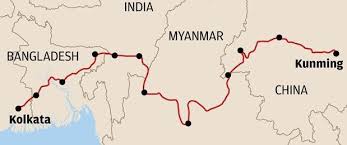7667766266
enquiry@shankarias.in
What is the issue?
How has Hasina's Bangladesh been?
What does the transformation mean for the Subcontinent?

Source: Indian Express